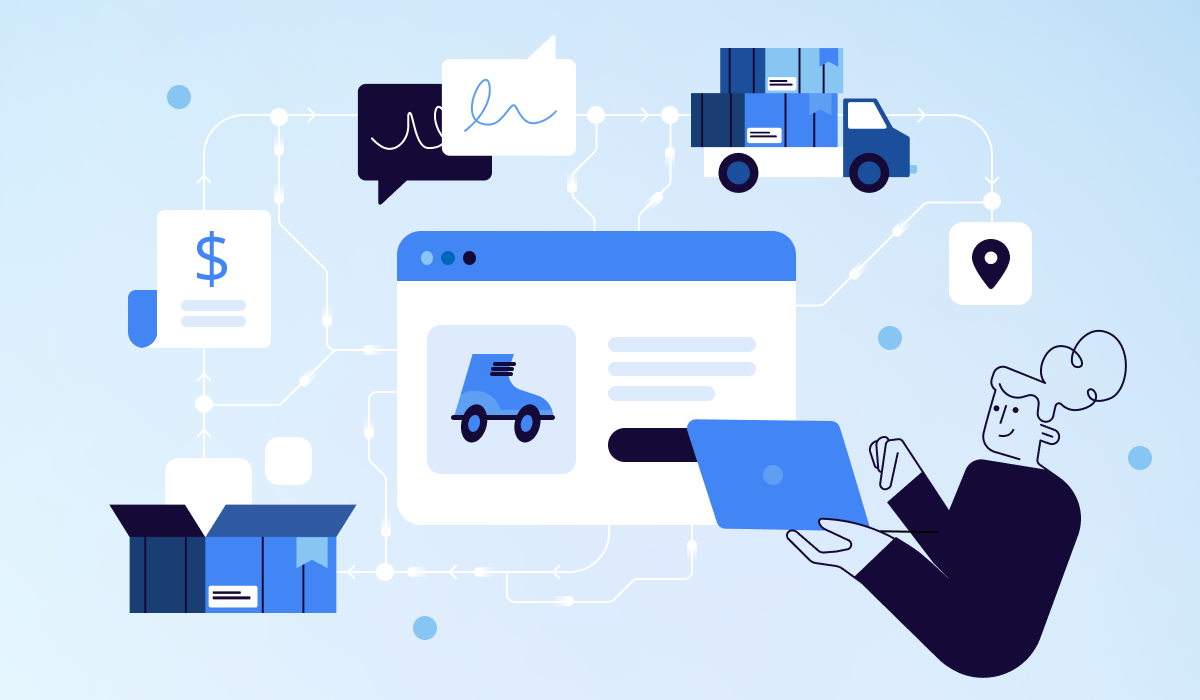
Shopify is one of the leading e-commerce platforms in the world, with an incredible 5 million digital stores using the platform. Known for its flexibility, ease of use, and scalability, Shopify allows businesses to set up and expand their online presence without extensive technical expertise.
Whether you’re a small startup or a large enterprise, Shopify is an ideal choice for retailers of all types to reach a growing base of online shoppers looking for precisely what you offer.
While Shopify provides extensive tools and opportunities, it has limitations that can impact your growth. In this guide, we’ll explore the limitations of Shopify and share our top tips for successfully selling on the platform.
The benefits of Shopify
With its user-friendly interface, scalability, and diverse features, Shopify is a popular choice for businesses. From a range of integrations to robust marketing tools, Shopify provides the flexibility to meet the needs of both small businesses and large enterprises.
Easy set-up
One of Shopify’s stand-out features is its simplicity and user-friendly setup. Even sellers with minimal technical background can quickly build a store, upload products, and start selling without the need for advanced skills.
Scalability and growth
Shopify offers a tiered pricing structure, allowing businesses to choose plans based on their needs and scale up as they grow. This flexibility is a significant advantage, especially for small-to-medium retailers looking to expand. As sales volumes increase, Shopify’s integrations and add-ons provide additional functionalities without requiring disruptive platform changes or complex configurations.
Plenty of design options
You can choose from over 70 themes for your Shopify store to find the one that best matches your brand. But if you can’t find one that’s the right fit, you can use hundreds of third-party themes within the Shopify platform.
Excellent functionality
Shopify also has access to thousands of third-party apps to improve the functionality of your shop. For example, you can easily meet your day-to-day needs with add-on tools for email marketing, customer relationship management (CRM), social media shops, inventory tracking, shipping, and so much more.

The limitations of Shopify
Despite its many benefits, Shopify does have some limitations. It’s important to know what these are before committing to the platform.
Handling growth without a central dashboard can be tricky
Managing an expanding business within Shopify can be challenging without a central dashboard to oversee multiple stores and channels. As operations grow, so do the number of tasks: processing orders, managing inventory, and tracking fulfilment across different platforms.
Without a centralised view, it can be difficult to stay organised, which risks costly oversights and delays.
Inventory management difficulties (lack of real-time syncing)
When selling on multiple platforms like Shopify, Amazon, and eBay, businesses must manage stock accurately to prevent underselling or overselling. Without real-time inventory syncing, it’s easy for stock levels to become misaligned across sales channels, leading to lost sales and potential customer dissatisfaction.
Shopify’s native features don’t fully support automated stock updates across platforms, making this an area where an integrated solution like Base can be a game-changer.
Keeping customers happy is no easy feat
Customer expectations are higher than ever. Everything has to come together perfectly—available stock, fast shipping, clear communication, easy returns, and much more—to keep them satisfied.
Shopify’s manual processes for order fulfilment can be time-consuming and prone to errors. This can cause delays in shipping and processing orders, frustrating customers who expect an easy shopping experience.
Tips for successfully selling on Shopify
Here are some simple (yet very effective) tips to grow your Shopify store and achieve more sales.
Create high-quality product listings
The quality of your product listings can greatly influence conversion rates. Each listing should feature detailed descriptions that cover unique product benefits, high-resolution images to showcase products clearly, and customer reviews where possible. Well-crafted listings help customers make informed purchasing decisions and convey professionalism, making your store more credible.
Optimise for mobile devices
In the second quarter of 2024, over 77% of all retail website traffic worldwide came from smartphones. Shopify offers responsive design themes, but additional steps, like reducing image sizes to improve load times and optimising navigation for mobile users, can help improve the shopping experience for mobile visitors, boosting engagement and conversion rates.
To optimise Shopify for mobile, make sure your website design is mobile responsive, loads fast, and offers an easy shopping experience on smartphones and tablets.
Invest in SEO
Search engine optimisation (SEO) is key to increasing visibility. Including relevant keywords in product titles, descriptions, and image alt text can help your store rank higher in search results. In addition to on-page SEO, creating content such as blog posts and product guides helps drive traffic to your store and positions your brand as a valuable resource.
Don’t forget about social media
Social media platforms like Instagram, TikTok, and Facebook are a simple (and free!) way to promote your products and connect with your audience.
To make the most of social channels, we recommend sharing engaging content, running promotions or contests, and interacting with your followers by replying to comments. You can also use paid social media ads to reach a wider audience and lead those interested directly to your Shopify store.
#1 tip for Shopify success: Find a trusted software partner
Searching for a way to overcome Shopify’s limitations and make the most of everything this impressive e-commerce platform offers? Look no further than Base!
Shopify’s powerful platform offers a strong foundation for eCommerce success, but integrating with Base can take your operations to the next level.
With Base’s Shopify integration, you can automatically sync any online stores you have (Amazon, eBay, TikTok shop), so your stock levels are always accurate, even across different sales channels. Plus, you can manage orders from different stores in a single, comprehensive dashboard.
But that’s not all! Base simplifies order fulfilment with label printing and real-time shipping updates. Valuable reports are available to help you understand your sales and make helpful changes going forward.


